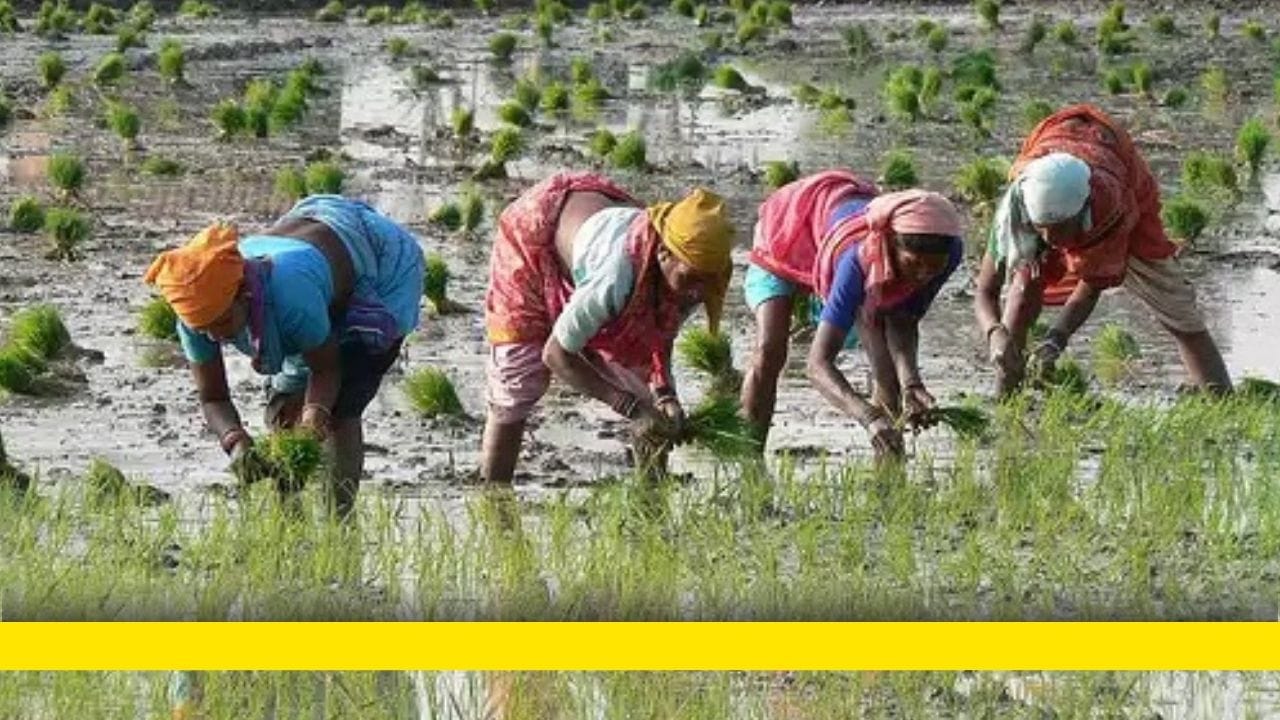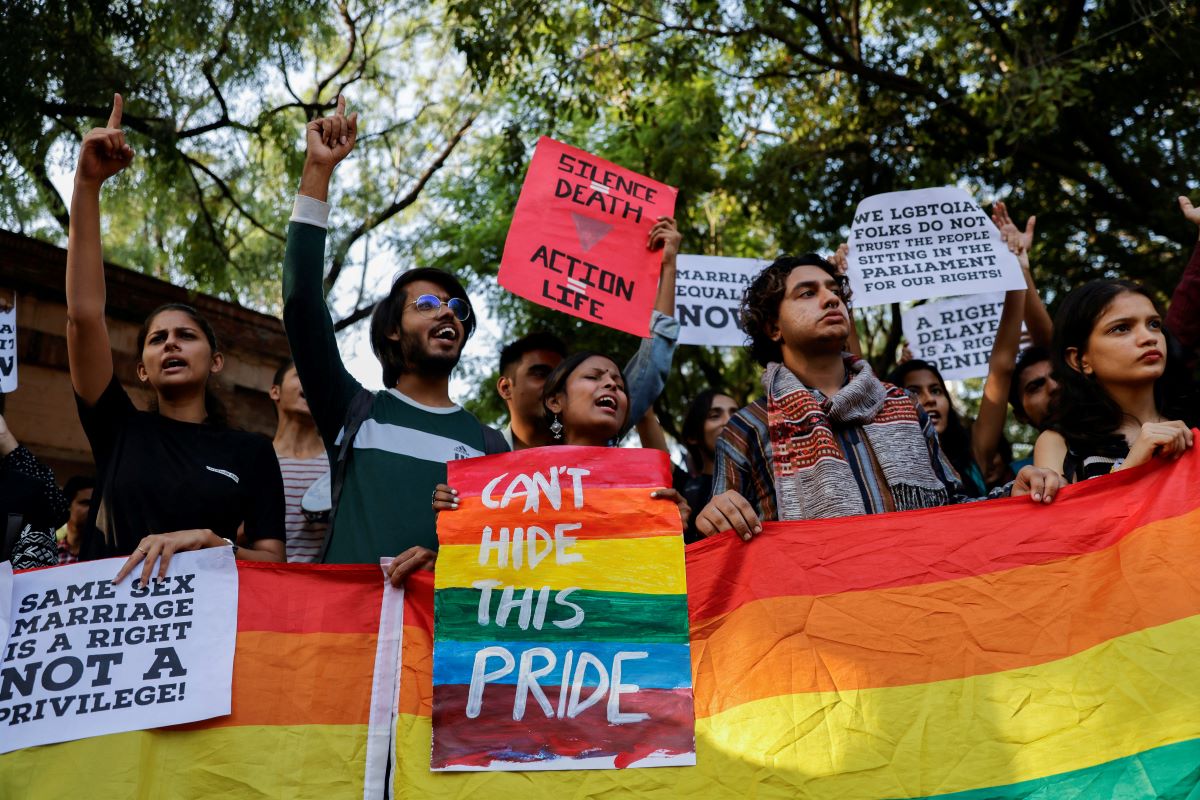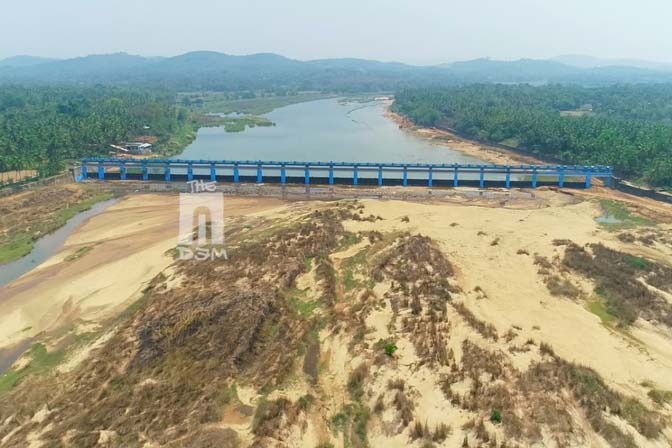India’s Climate Fight: Too Hot A Battle In A Boiling World

World Environment Day was observed on June 5, even as the climate change alarm bells continued to sound louder than ever. Where does India find itself in this situation? This is an attempt to address this question and understand where we really stand in the global climate fight context.
Something’s wrong with the weather in India, and everyone knows it.
Last year, the country saw extreme weather on 340 out of 365 days. That’s not a typo—it’s 93% of the year, according to new data from the World Meteorological Organization. The human cost? Over 3,200 people died. Millions of acres of crops were wiped out. And the bills are still being tallied.
But here’s what’s surprising: while India is getting hammered by climate change harder than almost anywhere else, it’s also becoming one of the world’s most aggressive fighters against it. The country now ranks 7th globally in climate action, despite being one of the biggest carbon emitters on the planet.
It’s a paradox that tells us something important about our warming world.
When the Planet Runs a Fever
To understand what’s happening in India, you have to zoom out and look at the bigger picture. And that picture isn’t pretty.
2024 was the hottest year humans have ever recorded. The planet warmed to 1.55°C above what it was before we started burning fossil fuels en masse. That might not sound like much—it’s barely noticeable on your skin—but for Earth’s climate system, it’s enormous.
The numbers behind this warming are staggering. We’ve pumped so much carbon dioxide into the air that it’s now 62% higher than it was in the 1990s. Methane, which traps heat even more effectively than CO₂, has shot up 265% since before the Industrial Revolution.
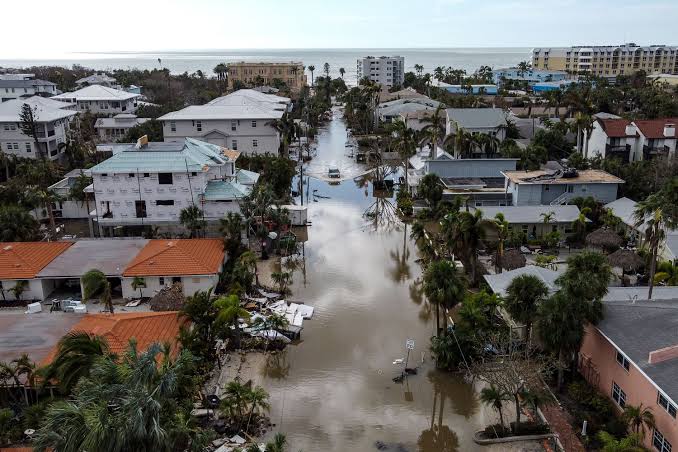
Meanwhile, the forests and oceans that normally soak up our excess carbon are getting overwhelmed. They’re like sponges that have reached their limit.
The oceans, in particular, are absorbing heat at a rate that climate scientists struggle to put into perspective. Try this: imagine the energy from five Hiroshima bombs going off every second, and all that heat getting absorbed by the sea. That’s what’s happening right now, every day.
The result? Weather that’s gone completely haywire. Hurricane Milton tore through Florida with 175 mph winds. In Africa, Cyclone Chido caused $15 billion in damage. Spain got hit with rain falling at 185 millimeters per hour—like someone turned a fire hose on the entire country.
India’s Weather Nightmare
In India, this global chaos plays out with particular cruelty. The country sits at the crossroads of several major weather systems, which means when things go wrong, they go very wrong.
While parts of northern India were baking in temperatures above 50°C—hot enough to literally cook an egg on the pavement—other parts of the country were drowning in floods. The landslides in Kerala’s Wayanad district killed over 400 people during the same weeks that farmers in the north were watching their crops wither from drought.
It’s not supposed to work this way. India’s weather has always been dramatic, but it used to be predictable. Farmers knew when the monsoons would come. Cities knew how to prepare for heat waves. That certainty is disappearing.

Take Mumbai, a city of 20 million people. It’s getting squeezed from all sides. Sea levels are rising—not dramatically, but steadily, about 5 millimeters every year. The monsoons are getting more intense. And the city keeps building on floodplains and filling in wetlands. When the big rains come, there’s nowhere for the water to go.
Chennai ran out of water entirely in 2019. Delhi’s air becomes unbreathable every winter. Kolkata faces cyclones that keep getting stronger. These aren’t distant threats—they’re the new reality for hundreds of millions of people.
The Surprising Turnaround
Here’s where the story takes an unexpected turn. Despite all this suffering, India is fighting back harder than almost anyone expected.
The transformation is visible from space. Vast solar farms now dot the landscape across multiple states. Wind turbines spin on hills that used to be bare. The country is racing toward a goal of getting 60% of its electricity from clean sources by 2030. Just a decade ago, that would have seemed impossible.
India’s renewable energy sector has become a global success story. Solar power, which used to be expensive and unreliable, now costs less than coal in many parts of the country. The technology improved so dramatically that clean energy simply makes economic sense.
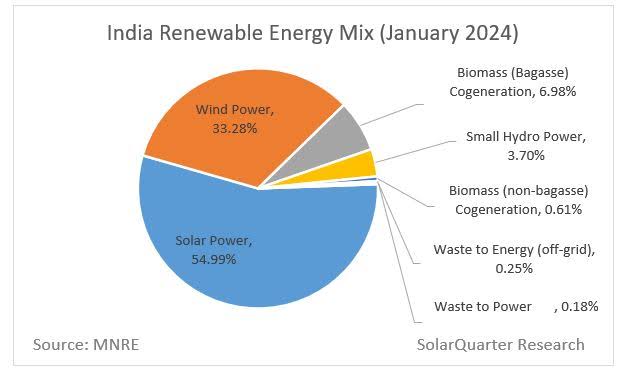
The government has also promised to plant enough trees to absorb 3 billion tons of carbon dioxide. That’s like taking hundreds of millions of cars off the road permanently.
The Coal Problem
But India’s climate story has layers of complexity. While the country builds solar farms, it also continues building coal plants. Lots of them.
This reflects pragmatic necessity rather than hypocrisy. India has hundreds of millions of people who still lack reliable electricity. Entire regions depend on coal mining for jobs. And coal is cheap, abundant, and reliable in ways that solar and wind aren’t yet.
Energy security keeps government officials awake at night. What happens if the renewables can’t keep the lights on? What happens to the millions of coal workers if the mines close tomorrow? These are questions about real people’s lives, with immediate consequences for millions of families.
The country is trying to thread this needle by retraining coal workers for clean energy jobs, but it’s slow going. You can’t just flip a switch and transform an entire economy overnight.
When Warning Comes Too Late
One of India’s biggest challenges is something that sounds simple but isn’t: giving people enough time to get out of the way when disaster strikes.
The Wayanad landslides show how this breaks down in practice. Weather satellites detected heavy rainfall days in advance. The India Meteorological Department issued warnings. But somehow, that information didn’t translate into action at the village level. Families went to sleep not knowing that the hillside above them was about to collapse.
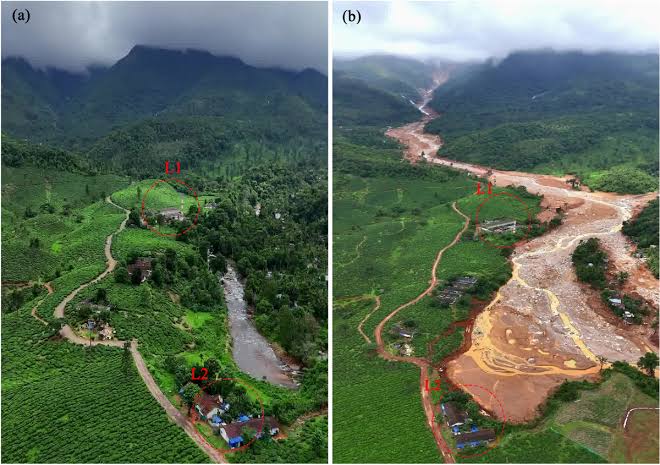
This happens over and over across rural India. The technology exists to predict extreme weather with remarkable accuracy. But getting that information to the people who need it most—and getting them to act on it—remains a massive challenge.
Mobile phone networks are starting to help. Automated alerts now reach even remote areas. Community volunteers are being trained to interpret weather data and coordinate evacuations. But it’s not enough, and it’s not fast enough.
Cities That Cook
India’s cities are becoming furnaces. Urban heat islands—where concrete and asphalt absorb and trap heat—can make cities 5°C hotter than surrounding countryside. During heat waves, this difference can be the difference between uncomfortable and deadly.
The problem is getting worse as cities grow. India’s urban population is expected to double by 2050, but most cities are expanding in ways that make heat problems worse, not better. More concrete, fewer trees, less green space.
Some cities are figuring it out. Ahmedabad now has an early warning system that tells residents when dangerous heat is coming and opens cooling centers. Other cities are requiring new buildings to meet green standards. These are small steps, but they’re working.
The Money Problem
All of this costs money. Lots of money. More money than India has.
The country needs trillions of dollars to build climate-resilient infrastructure, early warning systems, and clean energy projects. Rich countries promised to help, pledging $100 billion per year by 2020. But like a lot of promises, this one hasn’t been kept. Actual funding has been about half of what was promised.
This creates a brutal choice: spend limited resources on development and poverty reduction, or spend them on climate protection. For a country where hundreds of millions still live in poverty, it’s not really a choice at all.
What Happens Next
India’s climate story matters far beyond India’s borders. With nearly 1.4 billion people and the world’s third-largest economy, what happens here affects everyone.
Current trends suggest the planet will warm by 2.5°C by 2100—well beyond what scientists consider safe. Whether that prediction holds depends largely on what countries like India do over the next decade.
The next chapter is being written now. Solar panels are getting cheaper every year. Cities are starting to adapt. Farmers are learning to work with changing weather patterns. Early warning systems are getting better.
But the window for action is closing. What happens in India over the next ten years may determine not just the country’s future, but the planet’s.





